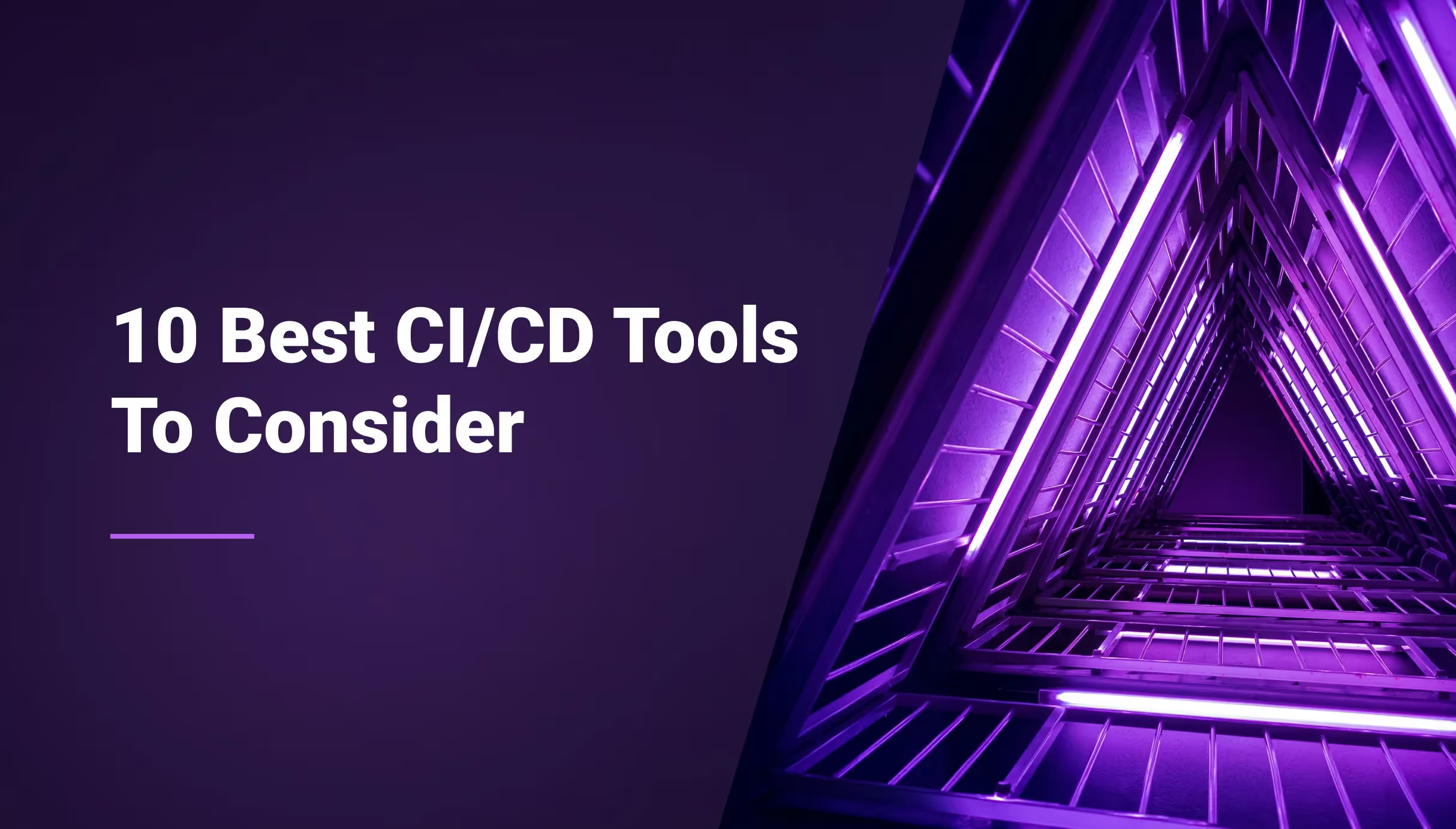

Bug Hunting and improvements week - what we improve on Qovery



Why did we use a full sprint for bug hunting?
While it is true that we fix bugs in every sprint (20% maximum of each sprint is dedicated to bug fixes), sometimes it is not enough to fix them all, and as you can imagine, it’s not good practice to let them live in the backlog forever. A lot of companies, such as Dashlane or MyPorsche, are working with a “Zero bug policy”, and at Qovery, we have our way to make sure that bugs are taken care of:
- In a standard sprint, we can use up to 20% of each sprint for bugs
- If our backlog is greater than 20% of bugs, we freeze the next sprint to make it a “bug only sprint.”
The reason behind that is the same as for the “Zero bug policy” if you leave bugs live in your backlog, there is a chance that they will never be fixed, and there is nothing worst for a user than seeing the same bug. Over and over!
What are the improvements?
Frontend
- (feat) filter logs by pod name
- (fix) avoid having the same colour for different pods
- (fix) refresh application metrics when switching between apps and during deployment
the next step is to add the instance type selection instead of the CPU/RAM during the cluster setup
Backend
- (fix) Special characters in database credentials can lead to unexpected behaviour (if you were using Postgres and Redis, the special characters were not well supported, and it was causing issues for the passwords that had some inside)
- (feat) [CLI] Allow using an URL to connect via the qovery shell command
- (feat) Display in logs if the Docker cache is used correctly
- (feat) Accept instance type selection in cluster setup + provide an endpoint to list available instance types
- (fix) Desired nodes should be higher or equal to min node
- (fix) Can’t switch database from private to public and vice versa (container side)
- (fix) Stopping containerized databases means losing data
- (fix) “Delete organization” API call not working when there are no clusters
Wrapping up
While it’s true that we are putting a lot of work and effort to build our V3, we also want to make sure that we keep the V2 as stable and user friendly as possible and make changes like improving the application build-time or avoiding having the same colour for different pods may seem minor. Still, all added up; we believe that it will significantly enhance your product use.

Suggested articles
.webp)



.svg)
.svg)
.svg)













